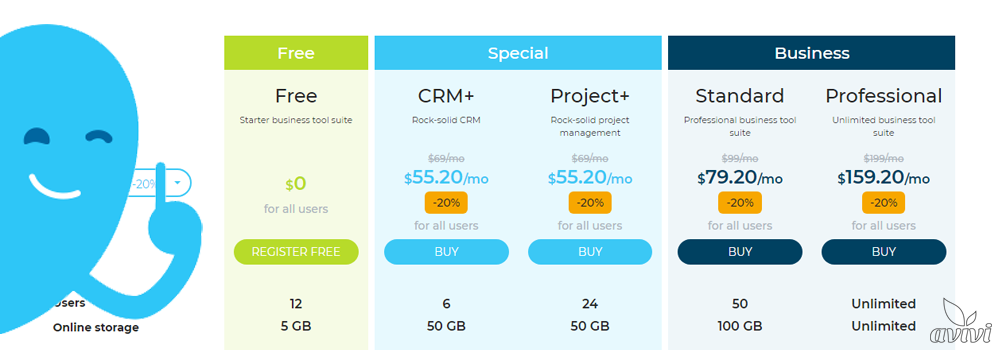"Is FastAPI really better than Django in 2024?" — the opinion of the developer Avivi
11 April 2024
next article
About the author: Dmytro Ivanov, middle Python developer, 5 years of work experience. Developed chatbot projects for Discord, integrations for YouTube and custom integrations of commercial IT products.
As of the beginning of 2024, the most popular frameworks for Python are Django and FastAPI. Most recently, the tasks I performed in Avivi were divided almost in half by both technologies. However, recently, more and more customers are turning to us with a very specific desire to use FastAPI. The reasons are quite banal: this framework is newer, faster, and therefore should simply be better than good old Django. However, after researching the technical task and the client's needs, many of them have to be convinced otherwise, and there are a number of reasons for this.
Briefly about frameworks
Indeed, the release of Django took place much earlier: this high-level web framework for Python was released back in 2005 and immediately gained popularity in the development community. This was largely facilitated by the product philosophy of "batteries in a kit", which provides a complete set of all the necessary tools and functions to simplify development. Writing and editing code here is extremely convenient thanks to MTV's model-template-view architectural pattern.
Thanks to a powerful object-relational mapping (ORM) system, developers no longer need to write complex SQL queries when working with databases including PostgreSQL, MySQL, and SQLite. In combination with an automatic administrator interface that allows you to perform CRUD operations without writing additional code, all this makes it much easier and faster to work with the framework in combination with "pure" Python.
FastAPI appeared in 2018 and works with Python versions 3.6+. The name of the technology fully corresponds to its purpose — establishing extremely fast interaction between different platforms. This is mainly facilitated by the support of asynchronous programming, which allows simultaneous processing of a large number of requests. FastAPI provides a simple and intuitive route for sending requests and returning responses.
The framework has a declarative style with strict data typing, which improves code readability. There is also an option to automatically generate API documentation, which makes it easier to understand method endpoints and their usage.
Features and purpose
Although the code of both frameworks does not differ much at first glance (just like the code of ordinary Python), the result of the finished software can be quite different. Indeed, according to numerous FastAPI tests, Django almost always prevails in the benchmark, which gave rise to the myth of its unconditional advantages. This cannot be argued, but it is worth understanding, is high speed really the main priority of your project? After all, if we are talking about working with a database, highly loaded calculations and numerous checks, the fast FastAPI will turn out to be not very effective. Instead, Django, with its full stack of built-in abstractions and functions, offers numerous possible optimizations for intermediate programming time. By the way, asynchronous processing of requests is also possible here, but with the use of additional tools, such as Celery.
In this way, it is possible to highlight certain typical areas of use of each of the frameworks, where they show themselves from the best side:
Django:
-
CMS development. There is already a ready-made interface “out of the box” here, which allows you to quickly create intuitive dashboards for managing content. Multiple templates and URL routing allow you to create dynamic pages and manage complex content hierarchies;
- eCommerce projects. It is thanks to the perfect control that Django is suitable for creating trading platforms, managing trade catalogs, user orders and receiving payments;
- Web applications. The flexibility of the framework and modular infrastructure allows you to develop almost any web application. The possible list is quite extensive: from social networks to various services of interaction with users;
-
Data calculation projects. Since the framework works well with large amounts of data in the database, it is possible to create powerful solutions on its basis that require complex calculations or processing of a large amount of Internet traffic;
-
RESTful APIs. Thanks to the DRF library, developers can easily create secure and reliable APIs that fully comply with these principles.
FastAPI:
-
Machine learning. Due to its high performance, the framework is popular for building ML models. Asynchronous capabilities allow simultaneous processing of a large number of different requests, which increases the chance of the software to make forecasts in real time;
- SPA. High performance and fast response time allow you to develop the server part of single-page applications on FastAPI. The framework works great with React, Angular or Vue.js solutions;
- Cloud services. The execution of light code on FastAPI allows its use in a serverless and cloud environment, where the issue of resource allocation is extremely important;
- Real time programs. The ability to program asynchronously and support a large number of simultaneous connections makes FastAPI an ideal solution for streaming applications, such as online chats, collaboration tools, etc.;
-
Microservices. If you need to develop a small and light service, FastAPI is the best solution.
Conclusions
As you can see, there really isn't a better or worse option: although Django and FastAPI are Python frameworks, they have completely different goals, tasks, and purposes. The choice of the framework, first of all, should depend on the scope of the project and the customer's needs, and in no case on his wishes. Asynchronous capabilities, light weight and I/O speed make FastAPI ideal for creating high-performance projects. Instead, the full stack and plenty of built-in features lean towards Django.

We will reach out to within 10 minutes



